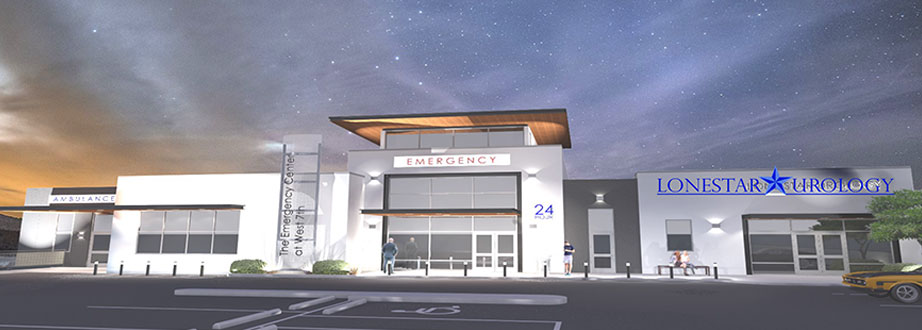

Horizontal Menu with CSS3 Css3Menu.com

Have a question for Dr. Stroud, or want to make an appointment? We want to hear from you!
817-335-0199

Glossary
a b c d e f g h i j k l m n o p q r s t u v w x y z
catheter: A tube passed through the body for draining fluids or injecting them into body cavities. It may be made of elastic, elastic web, rubber, glass, metal, or plastic.
catheterization: Insertion of a slender tube through the urethra or through the anterior abdominal wall into the bladder, urinary reservoir, or urinary conduit to allow urine drainage.
chancre: A hard, syphilitic primary ulcer, the first sign of syphilis, appearing approx. 2 to 3 weeks after infection. The ulcer begins as a painless lesion or papule that ulcerates. Occurs generally singly, but sometimes may be multiple.
chemolysis : Certain types of kidney stones can be dissolved with the application chemicals. Uric acid stones, for example, can be dissolved with a solution of sodium bicarbonate in saline. Cystine stones may be treated successfully with a combination of acetylcysteine and sodium bicarbonate in saline. Struvite and carbon apatite stones can be treated with an acidic solution of hemiacidrin. The procedure involves infusing the chemical solution into the affected area by means of a ureteral catheter in a series of treatments over time until the stone is dissolved. The patient's urine must be cultured regularly throughout the course of treatment to guard against urinary infection and prevent the buildup of excessive chemical levels, particularly magnesium, which can cause other health problems.
colon: The large intestine.
corpora cavernosa: Two chambers in the penis which run the length of the organ and are filled with spongy tissue. Blood flows in and fills the open spaces in the spongy tissue to create an erection.
creatinine: A waste product that is filtered from the blood by the kidneys and expelled in urine.
cryotherapy: During an operation probes are placed in the prostate. The probes are then frozen which kills the prostatic cells.
cystocele: A herniation of bladder into vagina
cyst: A lump filled with either fluid or soft material, occurring in any organ or tissue; may occur for a number of reasons but is usually harmless unless its presence disrupts organ or tissue function.
cystectomy: Surgical removal of the bladder.
cystoscopy: A flexible scope is inserted into the urethra and then into the bladder to determine abnormalities in the bladder and lower urinary tract.





